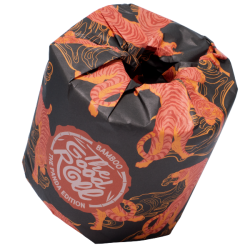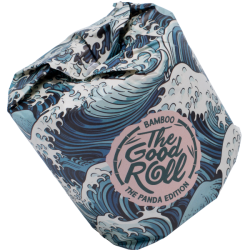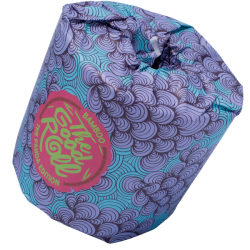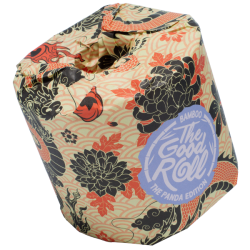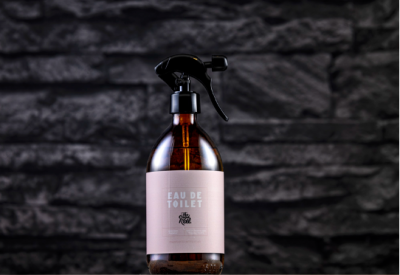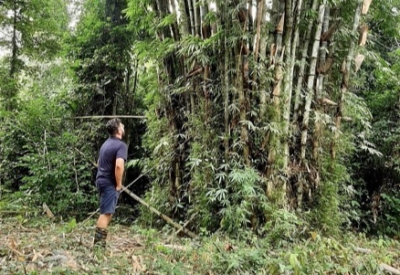Which is more sustainable: Recycled paper or Bamboo paper?
In this blog we will come face to face with two green warriors: recycled toilet paper and bamboo toilet paper. They both promise sustainability, but who takes the crown for the most eco-friendly toilet paper? Let's take a closer look at these paper warriors and find out who wins in this ultimate durability test!
Recycled toilet paper
In one corner we have recycled toilet paper, the champion of reuse. This paper is made from post-consumer waste paper, such as books, used paper or cardboard. The manufacturing process begins with collecting and sorting old paper, which is then made into new toilet paper. Recycling paper helps reduce the amount of waste we all produce while also reducing the need to cut down trees. It's a win-win for the environment! Sounds great, right?
But let's not forget that recycled toilet paper also has its weaknesses. Paper and cardboard can be recycled an average of 7 times - after that, it's done. So to supply recycled toilet paper, it will always have to be paper made from wood fiber and tree felling. In addition, recycled paper can feel rougher than bamboo toilet paper, so make sure your bum is ready for a little extra exfoliation. If you have sensitive skin, it may be advisable to consider a softer alternative. For example...
Bamboo toilet paper
Bamboo! In the other corner we have bamboo toilet paper, Mother Nature's green gift. Bamboo grows quickly, requires no pesticides or artificial fertilizers, does not die after being cut down, absorbs more CO2 and releases more oxygen than the average tree, has the natural ability to purify soil from toxins from AND is biodegradable. Pfew, do you have a moment? We need to take a breather. Bamboo toilet paper often feels way softer than recycled toilet paper, making it a luxurious choice for your derrière. Oh and also, it looks classy way in your toilet!
Nevertheless, every advantage has its disadvantage - including bamboo. For this, you can especially look at the production process of bamboo paper: you cannot deny the impact of transporting bamboo from countries outside Europe to the Netherlands. So if you want a local product, bamboo may not be the best choice for you. In addition, the paper is often browner than recycled paper, especially if no bleaching agents were used in the production process. This is of course more sustainable, but some people often have to get used to the brown color of their toilet paper.
Recycled vs. Bamboo
Now it comes down to performance. Both types of toilet paper do a great job of accomplishing their mission: keeping your bottom clean and fresh. It may be a matter of personal preference - do you like the soft caress of bamboo or do you prefer the "locally sourced" recycled paper?
So which is more sustainable? If you want to contribute to reducing waste and saving trees, recycled toilet paper is the way forward. But, so is bamboo. In addition, bamboo purifies toxins found in the soil and bamboo paper is also softer than recycled paper. So if it's up to us, the winner is ... bamboo paper!
Wherever your preference lies, remember that every choice you make has an impact. Always consider the source of the toilet paper, its production processes and transportation. Look for certifications such as Fairtrade and EU Ecolabel, which show that the paper comes from sustainably managed forests and meets high environmental standards.
Now that you are armed with knowledge, you are ready to enter the fray. So, which toilet paper will win out in your home? Recycled or bamboo?
And remember, a touch of humor can make everything better, even your toilet paper choice. So don't make the subject of sustainability too heavy: every little bit helps. Let's make this world a little greener, one toilet roll at a time!

